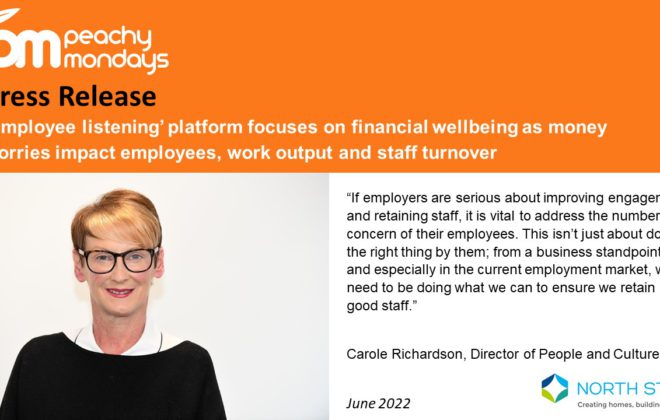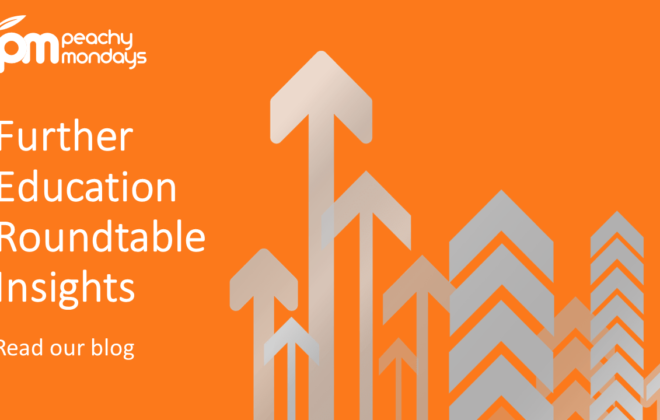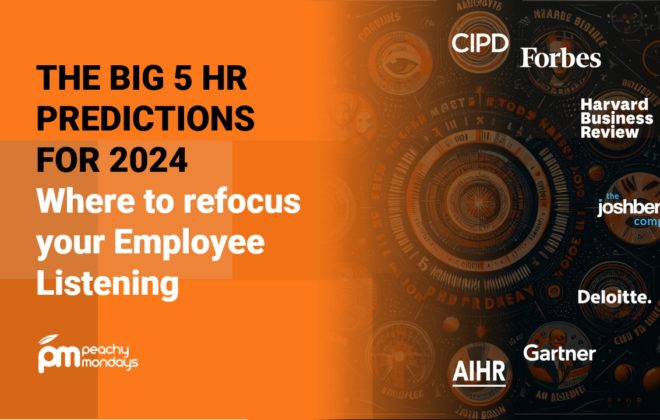8 things we’ve learned from our COVID-19 Employee Pulse check
Since April 2020, employers have been using our free COVID-19 Employee Pulse Check to understand how their employees are coping with the lockdown and identify what, if any, extra support they need.
Giving employees a voice, regularly inviting feedback and taking action on it, is fundamental to employee engagement. But when the pandemic struck, it revealed a weakness – or even a gaping hole – in many organisations’ ability to gather and to act on employee feedback quickly. As a result, they didn’t have a firm grip on how the pandemic was impacting their people.
In our last blog, we reported that the pandemic is bringing in to sharp focus the importance of employee feedback when handling a crisis.
Now, thanks to those organisations using the COVID-19 Employee Pulse Check, we can share the universal themes (ie, irrespective of sector or global location) that have emerged from their results. And we won’t make you sign up to a webinar to access these insights, you can read them right here…
Frontline workers remain primarily concerned about health and wellbeing
Initially, feedback from frontline workers focused on concerns about lack of personal protective equipment (PPE) and mental anxiety about contracting the virus or bringing it home to their families. As quarantine and self-isolation measures are relaxing in many parts of the world, the focus has moved to providing clarity on social distancing and hygiene measures in the workplace.
Office-based employees will expect to be able to work from home more in the future
Some would like to be based at home permanently. Reasons given include the desire for a better work-life balance, avoiding the expense and time commitment of the daily commute, and to reduce carbon emissions. Many employers also see an increase in home working as inevitable to meet employee expectations and remain an employer of choice.
There are added benefits for employers too, like being able to recruit from a wider talent pool, and to capitalise on opportunities to rationalise office space and reduce real estate costs.
The impact of homeworking on productivity is unclear
While there are lots of jobs that cannot be performed from home, many roles are suited to homeworking. The jury is still out on whether – and how – working from home has impacted productivity. Some employees believe that working from home has had a positive impact on their productivity with less time wasted on commuting and less distractions. But other respondents have said it has been more difficult to communicate with co-workers and others, and to access the systems and information they need to get work done.
Working from home requires personal discipline
Employees who are more self-disciplined and structured appear to be coping better with working from home. Some employees are struggling to take regular breaks and switch off at the end of the day, adopting an ‘always on’ approach to answering emails or feeling under-pressure to be signed into systems full time. For one respondent, working from home had once seemed like a perk but now felt like they were “sleeping in the office”.
Homeworking guidelines and coaching are valued by employees. As well as offering practical support, it demonstrates that their employer cares about their health and wellbeing.
It’s also worth noting that HR and recruitment professionals will need to consider the personal attributes required for remote working and work that is largely unsupervised.
We need new social etiquette
At the beginning of the crisis, employees commented on how exhausted they felt as a result of attending back-to-back video conferences. “There’s no time to decompress. Normally you would at least have five minutes while you walk from one meeting room to another”.
Psychology research has indicated that seeing ourselves on camera during video conferences increases cognitive load. Put simply, we’re not used to seeing and monitoring our image and facial expressions when we interact with others and it’s hard work. “What happened to telephone calls?” lamented one respondent.
Many employers are now implementing new social guidelines. Best practice includes:
- disconnecting from platforms/emails to provide thinking time
- limiting out-of-hours emails
- scheduling meetings for 45 minutes with a 15 minute gap before the next meeting to create time to reflect and take action
- using video conferencing tools for screen-sharing and saving cameras for social/welfare calls.
Musculoskeletal problems are on the rise
At the beginning of the crisis, not having access to tools and systems was the biggest concern raised by employees. Now, after several months of working from home, enablement issues are being overtaken by wellbeing issues.
The majority of respondents to our surveys don’t have a dedicated work space in the home. Many are working with laptops on sofas or in kitchens and neck/back issues caused by poor posture and lack of support are increasingly prevalent.
Employers have a duty of care to provide a safe workplace. If working from home is going to be an ongoing feature, consider workplace assessments and provide access to fit-for-purpose office equipment. Alternatively, provide employees with a budget to purchase suitable furniture and equipment.
Workplace socialising is evolving
Our early surveys suggested that employees were struggling with social isolation, particularly those that live alone. Work had become all about business and they missed the fun and compassion of workplace social interactions.
Several months into the crisis and the majority of workplaces and employees are finding new ways to socialise: early morning huddles, virtual coffee mornings where work chat is banned, virtual drinks after work and team quizzes.
Planning the return to work
While some employees will continue to work from home, others are contemplating a return to work, either through necessity or personal preference.
Employee feedback can be used to assess readiness for work: from a practical as well as mental health perspective. Ask your employees how confident they are about the steps being taken to care for their health and wellbeing on their return to the workplace. Do they understand how social distancing and hygiene measures will work? Are there some groups of employees who should continue to shield? Who are most able to return? Who has caring responsibilities? When deciding who should return and when, care must be taken to avoid any unintended inequality or discrimination.
The best advice – as in all human relations – is to consult and collaborate on solutions.
If you’ve found this helpful, please sign up to our newsletter to stay informed of the latest insights from Peachy Mondays.
The COVID-19 Employee Pulse Check is free to use, quick to set up and offers rapid insights. To find out more contact the team@peachymondays.com
Related Posts
Categories
- Case Study (13)
- Change and transformation (21)
- Connectedness (4)
- Culture (17)
- Design (10)
- Diversity and Inclusion (1)
- Effectiveness (16)
- Employee engagement (60)
- Employee experience (43)
- Employee Feedback (51)
- Employee Wellbeing (1)
- Events (10)
- Financial Wellbeing (1)
- Happiness (4)
- Internal Communications (10)
- News (24)
- Onboarding (1)
- Organisational Effectiveness (18)
- Uncategorized (3)




